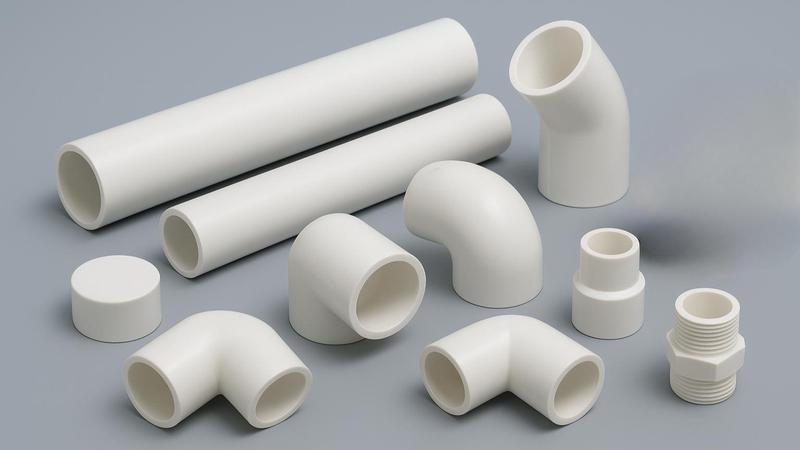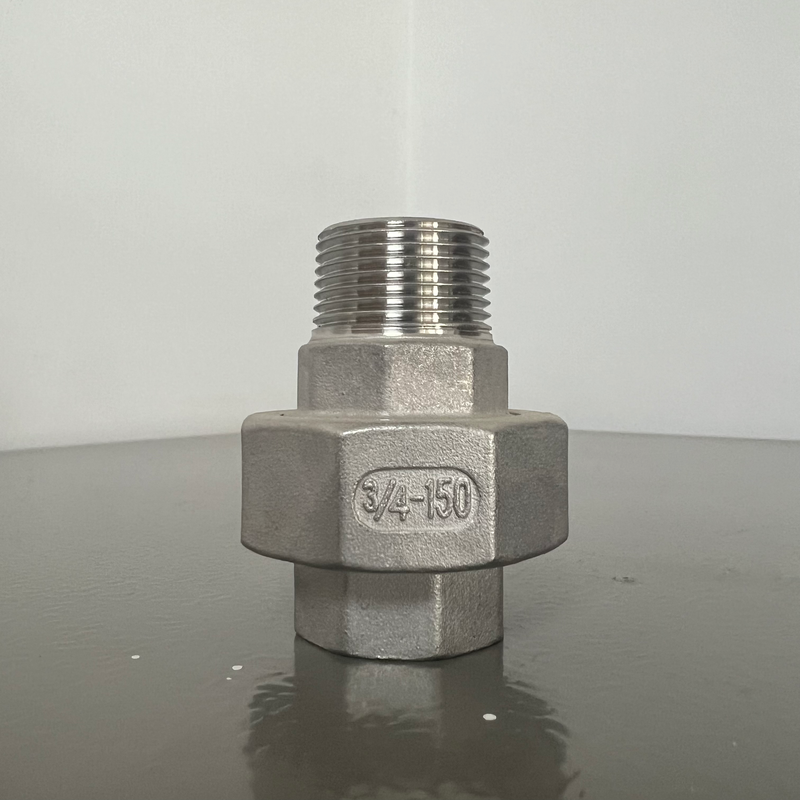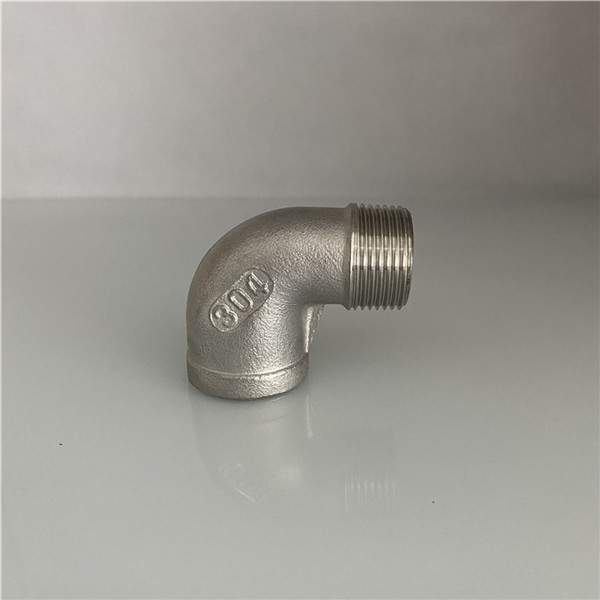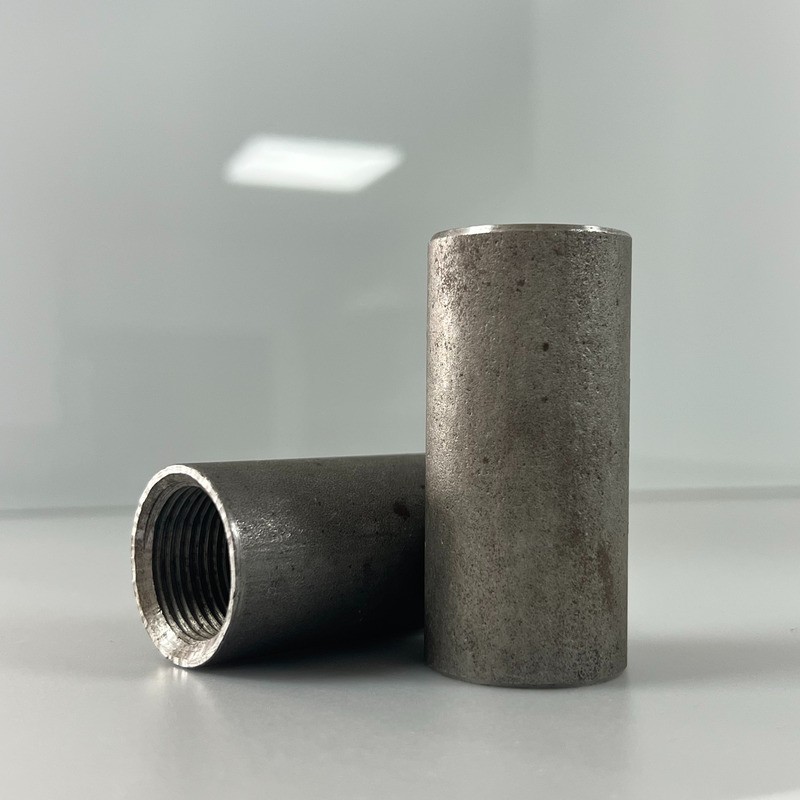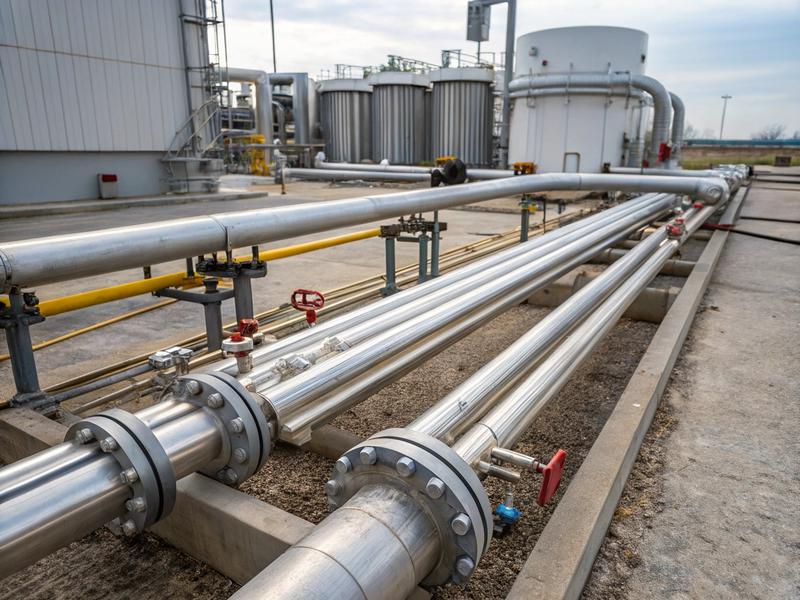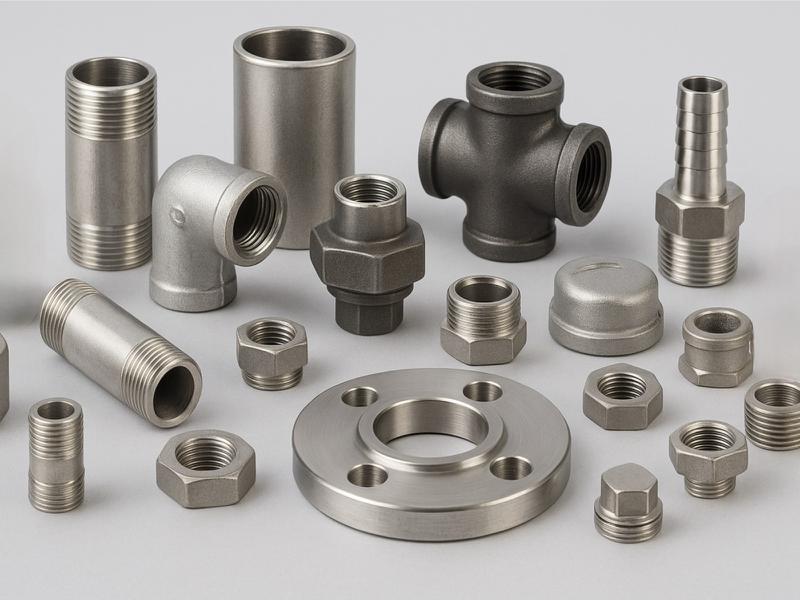Pipe fittings are essential accessories in any fluid or gas transportation system. They connect, redirect, and control the transportation of fluids or gases under high pressure and harsh environments. In the oil and gas industry, the selection of pipe fittings plays a decisive role in ensuring safety, durability, and system reliability. Due to extreme working conditions, such as high pressure, temperature fluctuations, and corrosive media, the material, design, and performance of fittings are critical to the integrity of pipelines.
This article explores the common materials, fitting types, and their applications in the oil and gas industry, providing a comprehensive guide for buyers.
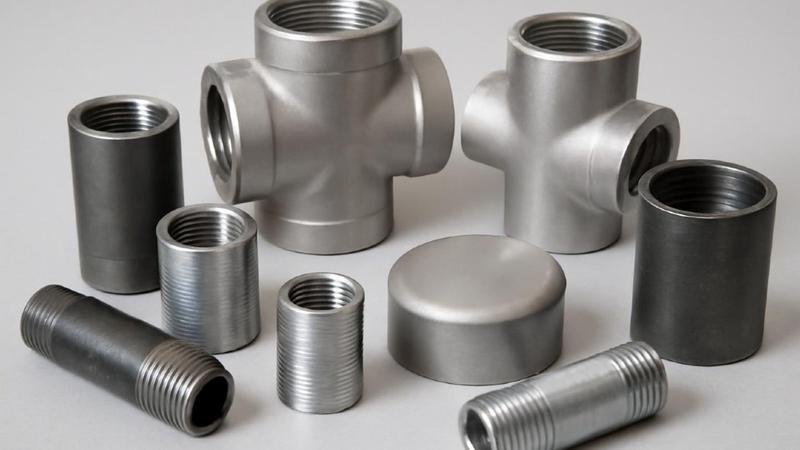
The Importance of Steel Pipe Fittings in Oil and Gas Applications
Steel pipe fittings, known for their high strength and pressure resistance, are the preferred choice in the petroleum, natural gas, and petrochemical industries. These sectors demand fittings that can withstand high pressure, temperature, and corrosion caused by aggressive fluids.
During oil extraction and transportation, pipelines withstand extreme pressure, high temperature, and corrosive environments. Forged steel high-pressure fittings offer superior strength and corrosion resistance, ensuring stable and safe operations.
On offshore oil platforms and land-based drilling sites, forged carbon steel and stainless steel fittings are indispensable for connecting pipes, valves, and control systems that must remain leak-free under heavy loads.
Natural gas transmission systems often operate under high pressure and low temperature. Forged steel fittings maintain their mechanical strength even in subzero environments, ensuring long-term reliability.

They are commonly used in:
Wellhead equipment
Oil transmission pipelines
Processing and separation facilities
Gas compressor stations
Storage and distribution terminals
LNG processing plants and pipelines
By using high-pressure forged fittings, operators can reduce leakage risks and improve system efficiency—key factors in achieving safe and sustainable energy transport.
Choosing the Right Material for Oil and Gas Fittings
Material selection directly affects the performance, cost, and lifespan of a pipeline system. Each material type offers distinct advantages depending on the fluid composition, pressure rating, and installation environment.
1. Carbon Steel Fittings
Standards: ASTM A105, API 5L
Features:
-
High mechanical strength and pressure resistance
-
Cost-effective for non-corrosive applications
-
Excellent weldability
Limitations: Prone to corrosion in wet or sour environments (containing H₂S or CO₂); usually requires anti-corrosion (black or galvanization) coatings or linings.
Applications:
-
Onshore oil and gas pipelines
-
Gathering systems for crude oil and untreated natural gas
2. Stainless Steel Fittings
Grades: 304, 316, 316L
Standard: ASTM A182
Features:
-
Excellent corrosion resistance, especially in sour gas or acidic conditions
-
Suitable for both high-pressure and high-temperature environments
-
Smooth surface reduces scaling and contamination
Limitations: Higher cost; may suffer pitting corrosion in chloride-rich conditions.
Applications:
-
Offshore drilling platforms and subsea pipelines
-
Sour gas and acid gas applications
-
LNG and petrochemical processing facilities
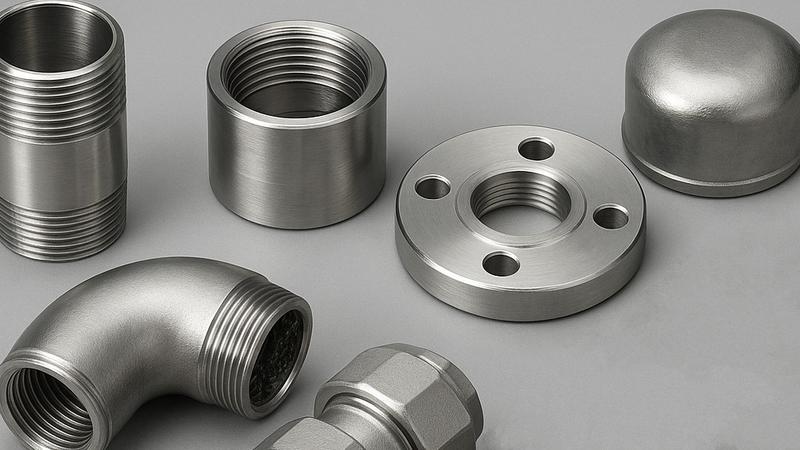
3. PVC(Polyvinyl Chloride)
Features:
- Lower price, anti acid and alkali.
-
High hardness, but fragility.
-
Temperature resistant range is relatively small from 0°C ~ +60°C, it is not resistant hih pressure, and is not suitable for oily media.
Applications:
-
Drainage system
-
Cooling water pipeline
-
Low-pressure chemical conveying line
Material Performance Comparison
| Material Type | Pressure Resistance | Corrosion Resistance | Cost | Typical Applications |
|---|---|---|---|---|
| Carbon Steel | ★★★★★ | ★ | ★ | Onshore oil & gas pipelines |
| Stainless Steel (304/316) | ★★★★ | ★★★★ | ★★★ | Sour gas, offshore platforms |
| PVC | ★ | ★★★ | ★ | Drainage and cooling systems |
Common Pipe Fitting Types and Functions
Different fittings perform various mechanical and hydraulic roles within a pipeline system. Below are the most commonly used pipe fittings for oil and gas applications:
| Fitting Type | Function | Typical Use |
|---|---|---|
| Elbow | Changes the flow direction (45°, 90°, 180°) | Turns in pipelines, tight spaces, high-pressure systems |
| Tee | Divides or combines flow | Branch lines, manifolds, test points |
| End Cap | Closes pipe ends for testing or isolation | Pipeline ends, temporary shutdowns |
| Nipple | Short connection between fittings or valves | Instrumentation, pressure gauges, valve assemblies |
| Coupling | Connects two straight pipes | Repair and maintenance joints |
| Flange | Detachable joint for valves, pumps, and equipment | High-pressure connections, refineries, offshore units |
| Union | Enables quick assembly and disassembly | Maintenance zones, filters, instrumentation lines |
Why Reliable Fittings Matter in Oil and Gas Infrastructure
Oil and gas pipelines operate under some of the harshest conditions on earth. The reliability of fittings directly impacts the safety, performance, and cost efficiency of an entire system. High-quality fittings:
Prevent leakage and downtime
Reduce maintenance and replacement costs
Extend equipment lifespan
Ensure compliance with international standards (API, ASTM, ASME, EN, DIN)
By choosing fittings from trusted manufacturers and ensuring adherence to material and thread standards, B2B buyers can secure a more dependable and cost-effective pipeline solution.
Conclusion
From carbon steel to duplex stainless steel, each fitting material has its place in modern oil and gas operations. Whether used in onshore fields, offshore drilling platforms, or subsea pipelines, forged high-pressure fittings play a crucial role in ensuring safety and efficiency.
Forcustomers, selecting the right pipe fittings supplier means securing durable, standard-compliant products that meet the challenges of high pressure, corrosion, and extreme temperature.
Reliable fittings are not just components—they are the foundation of every successful oil and gas pipeline system.
